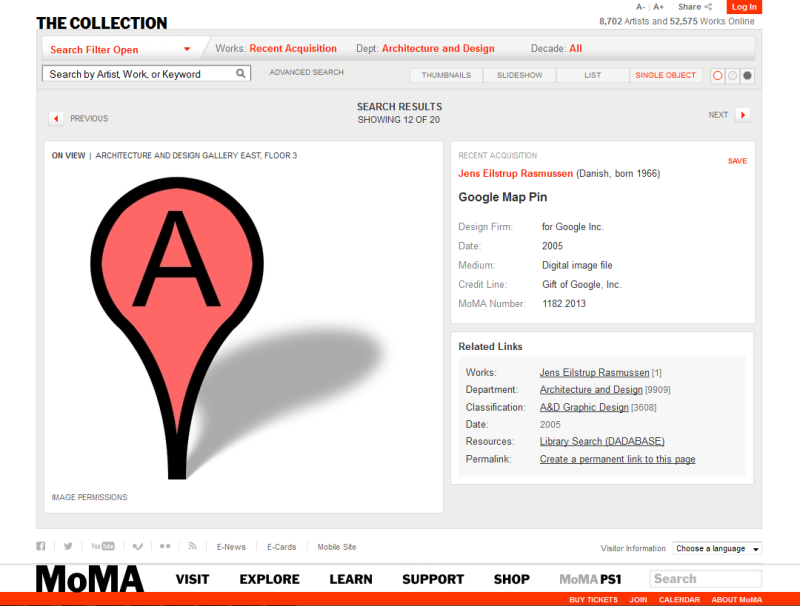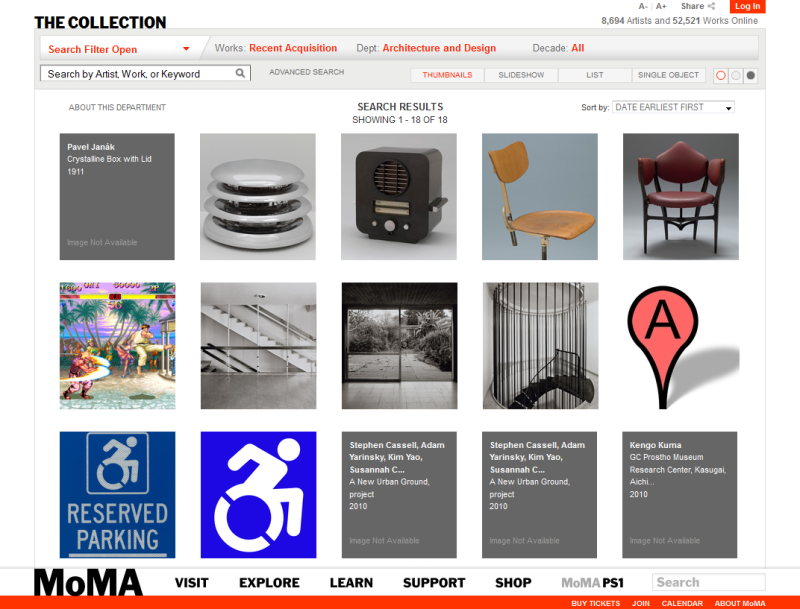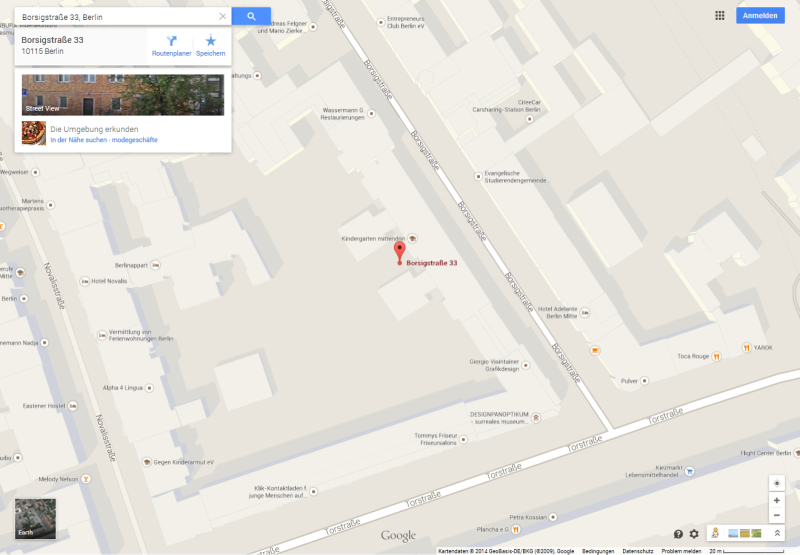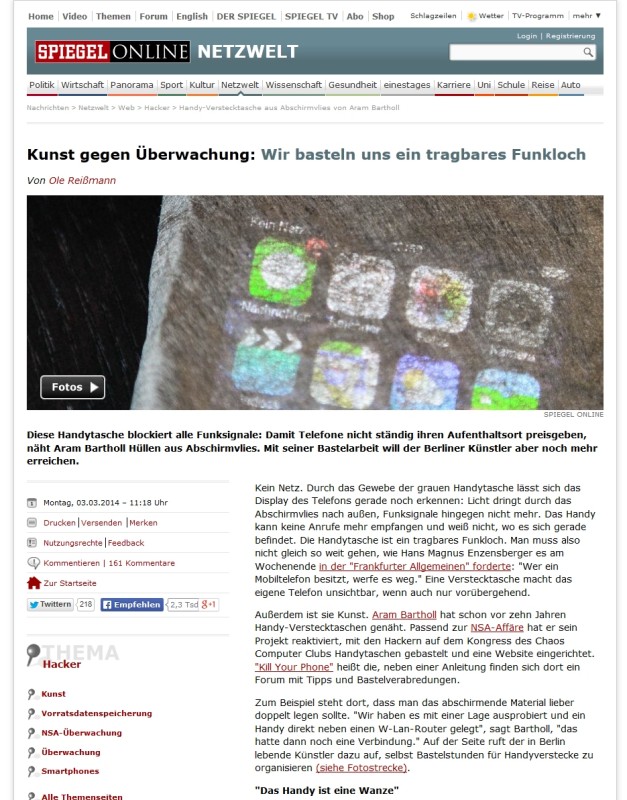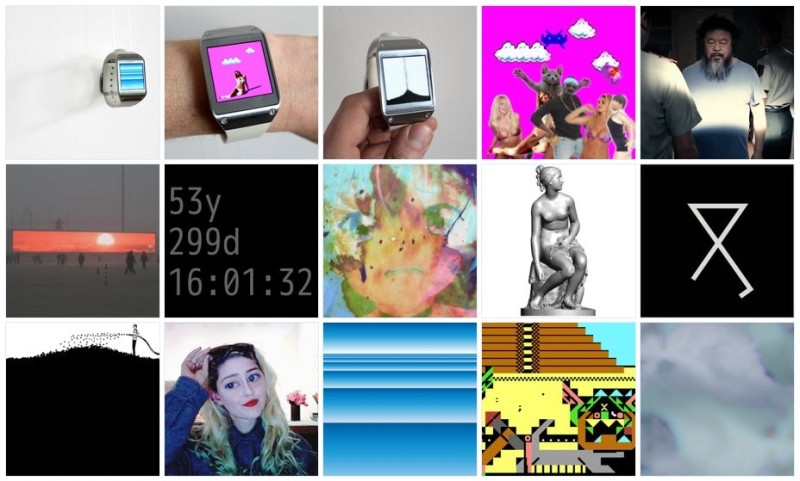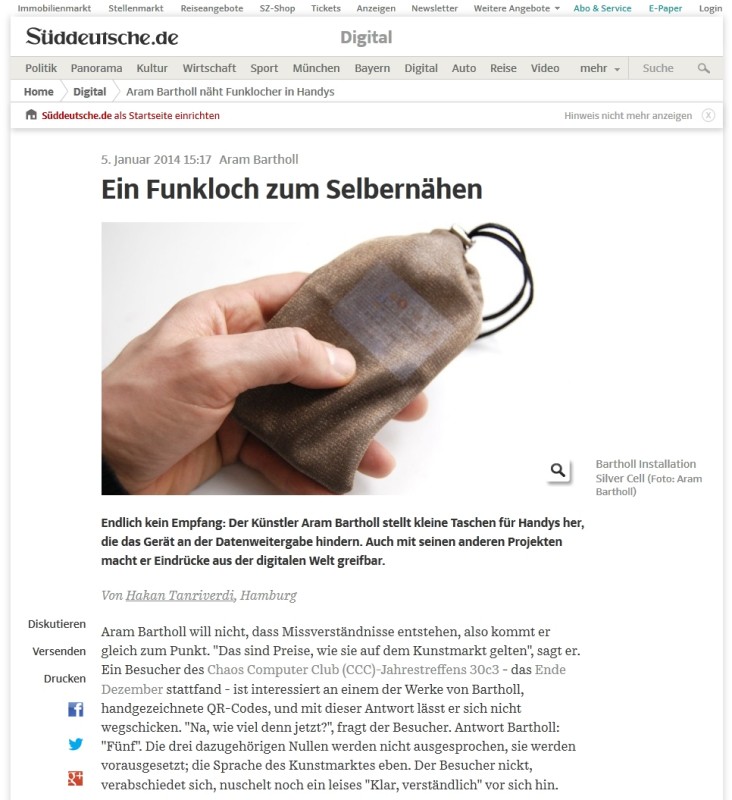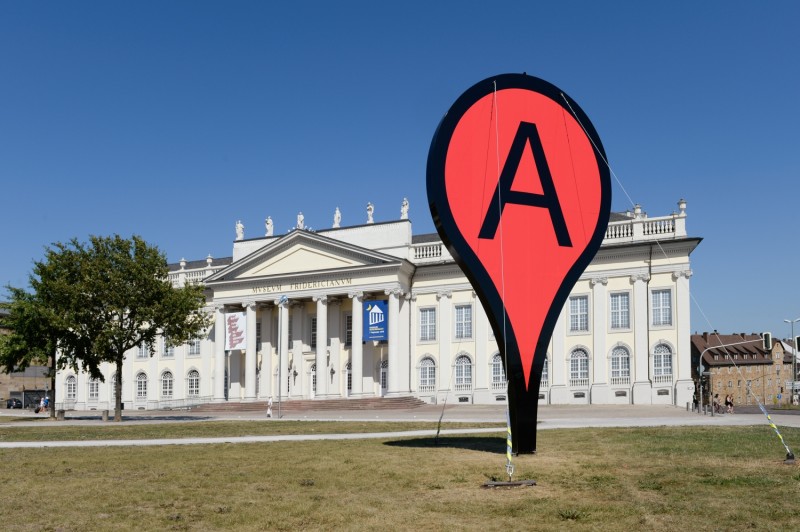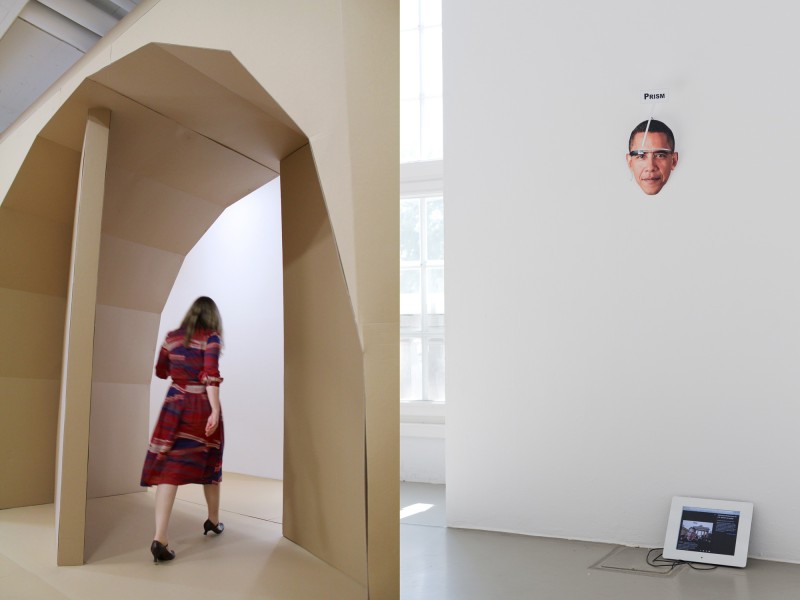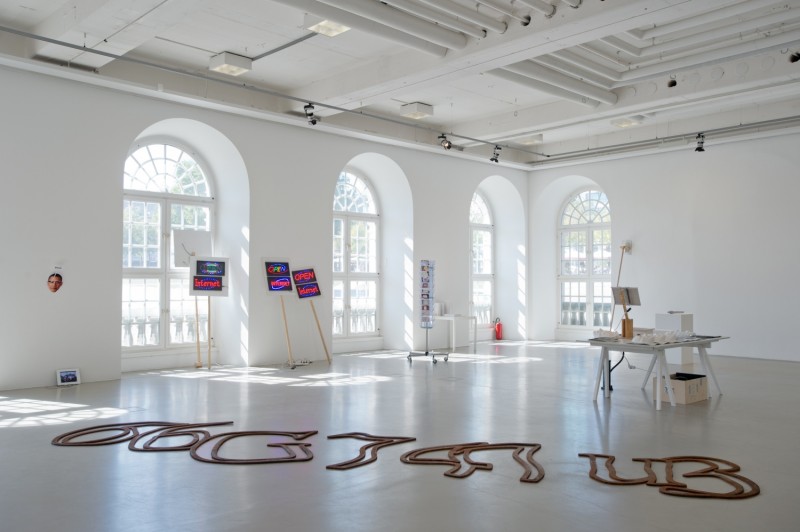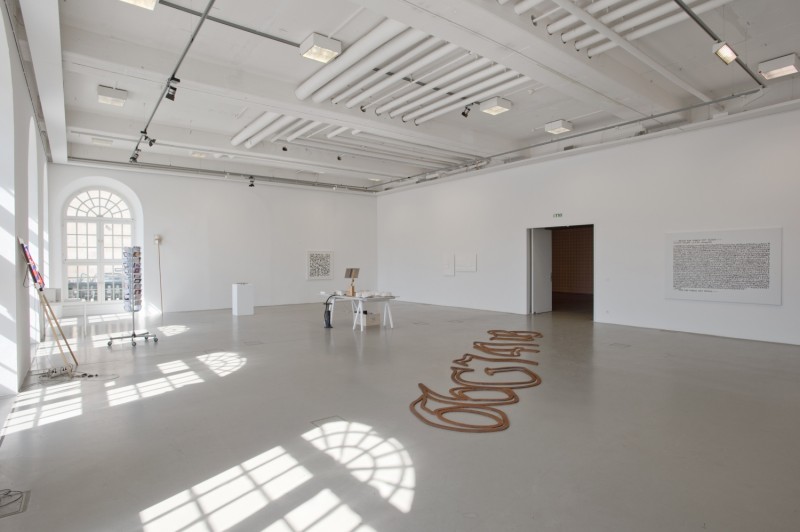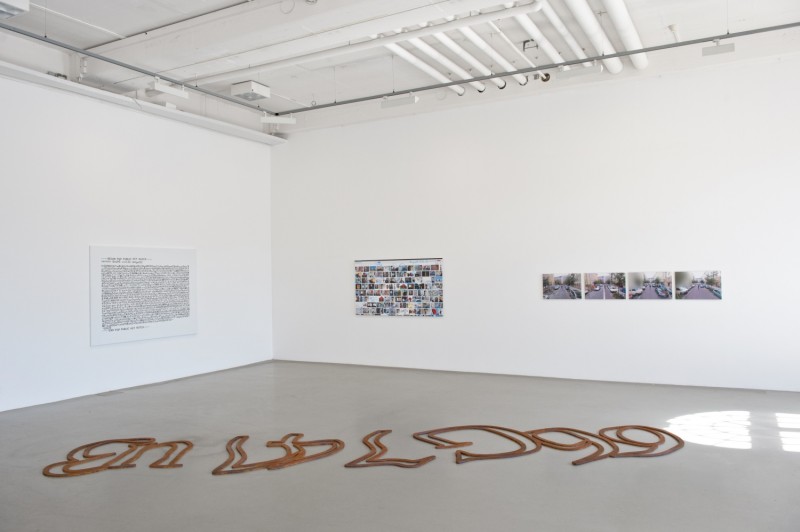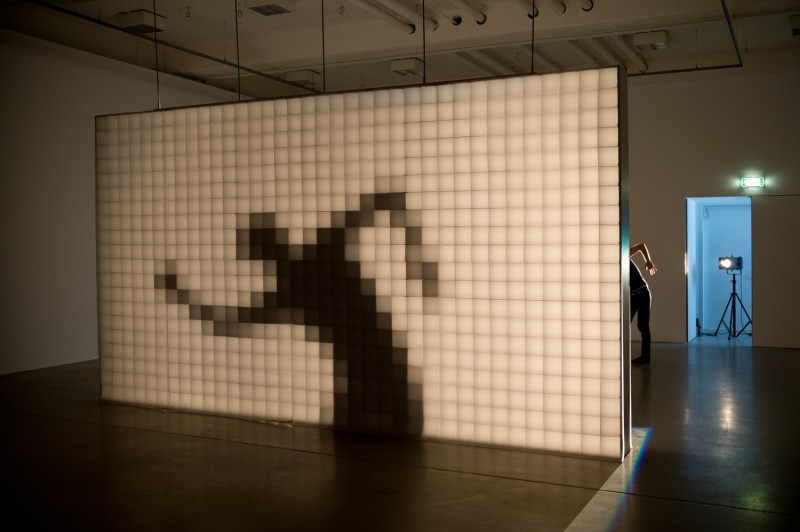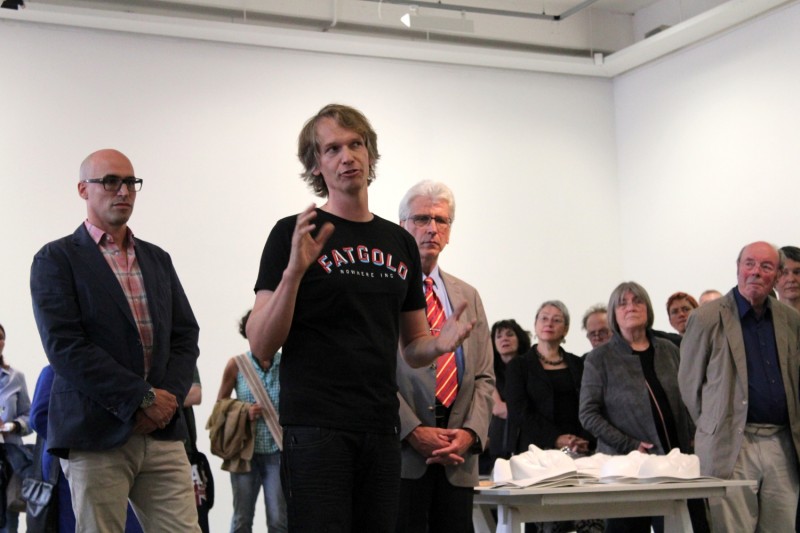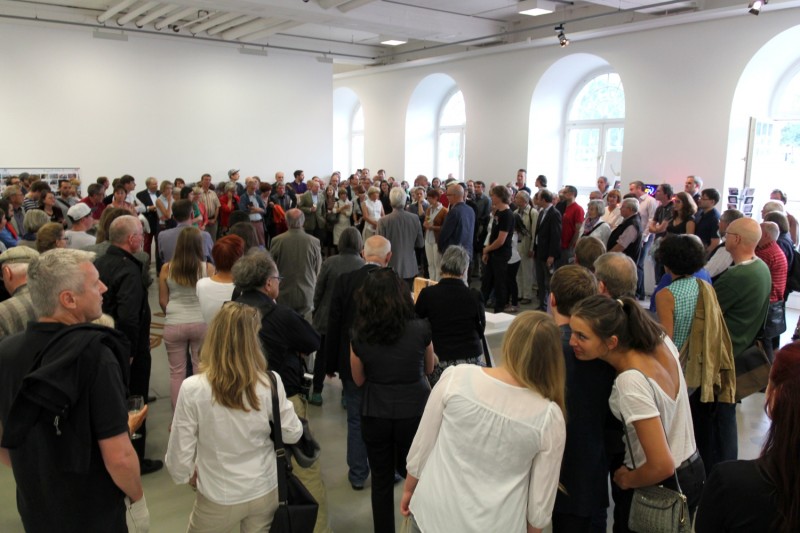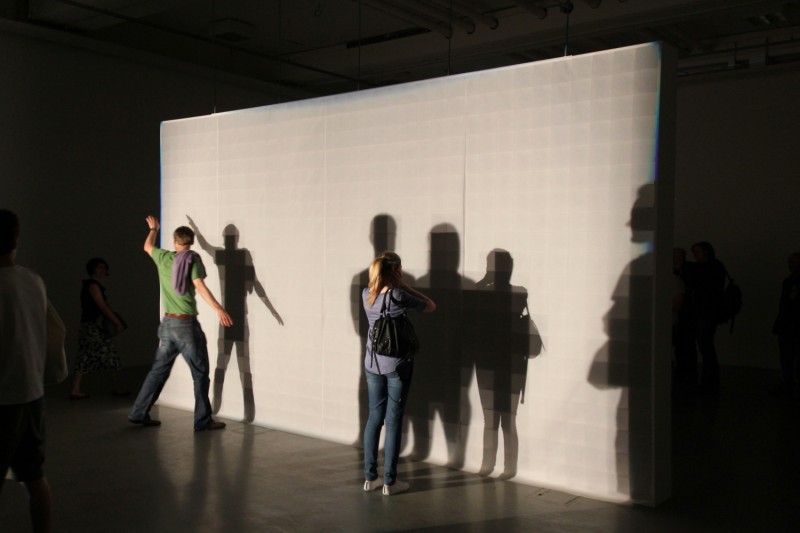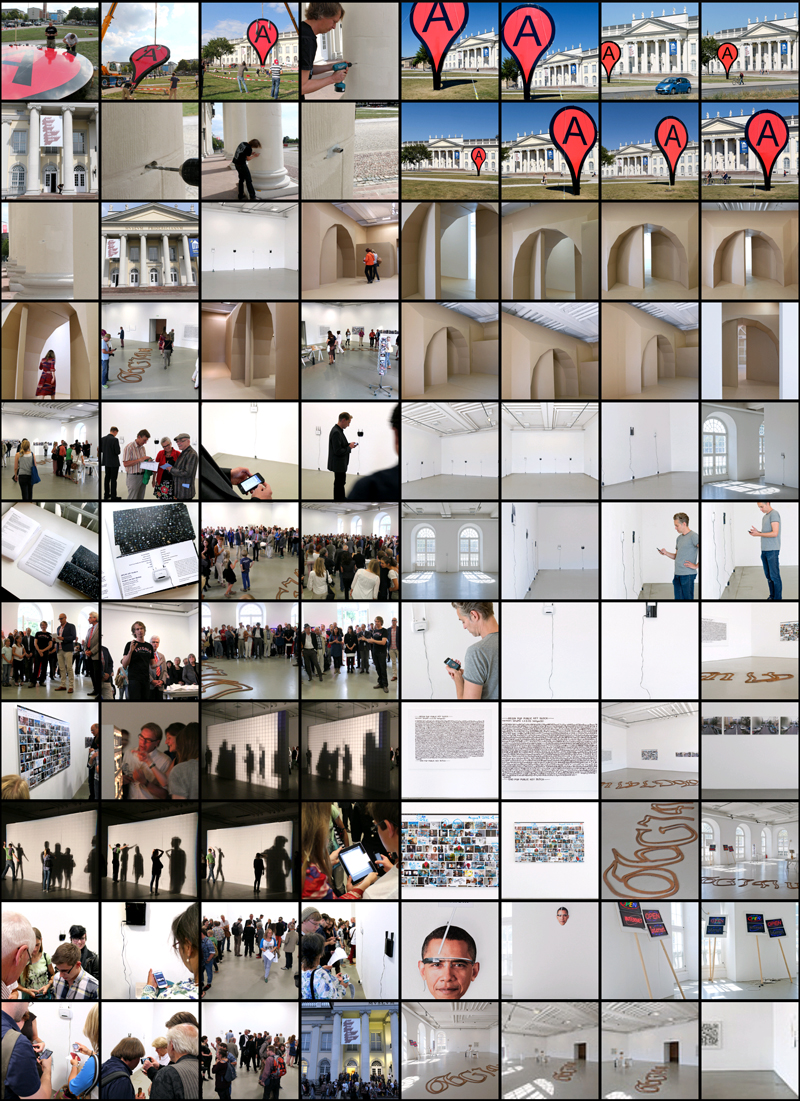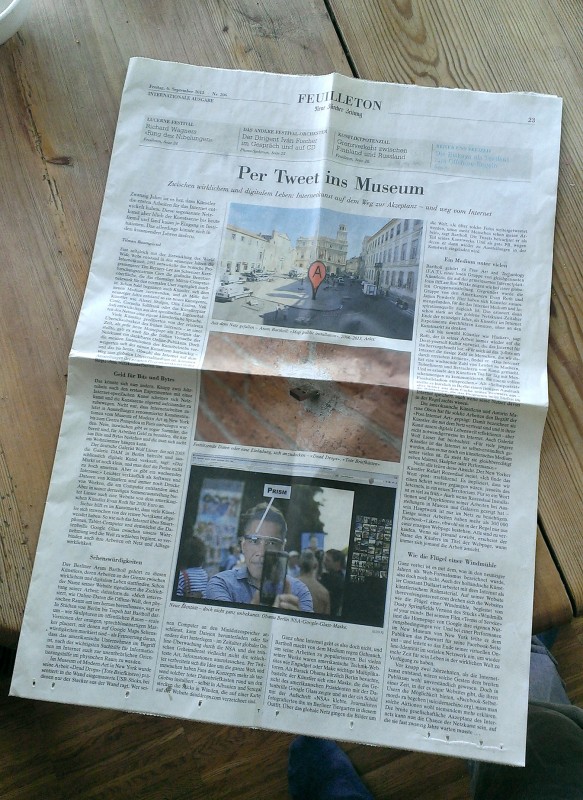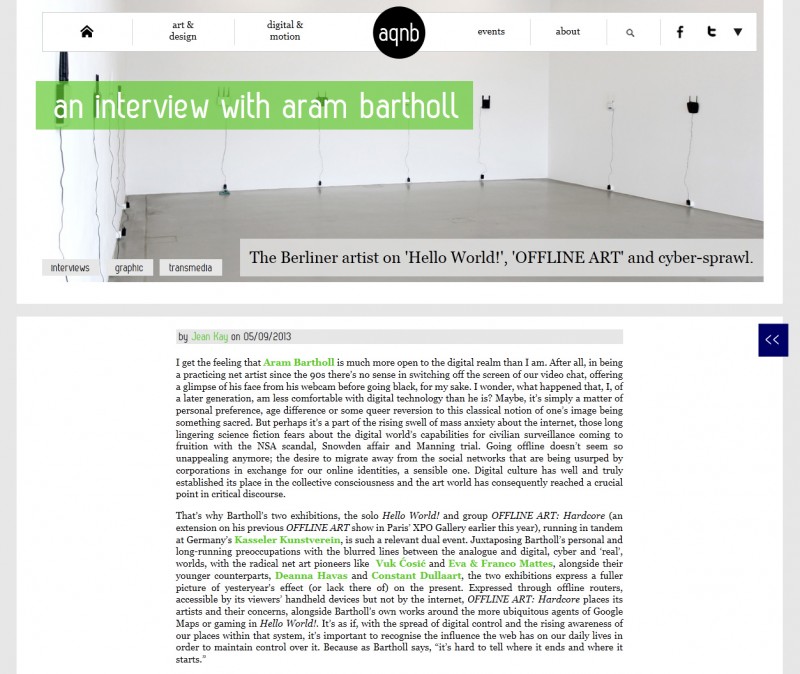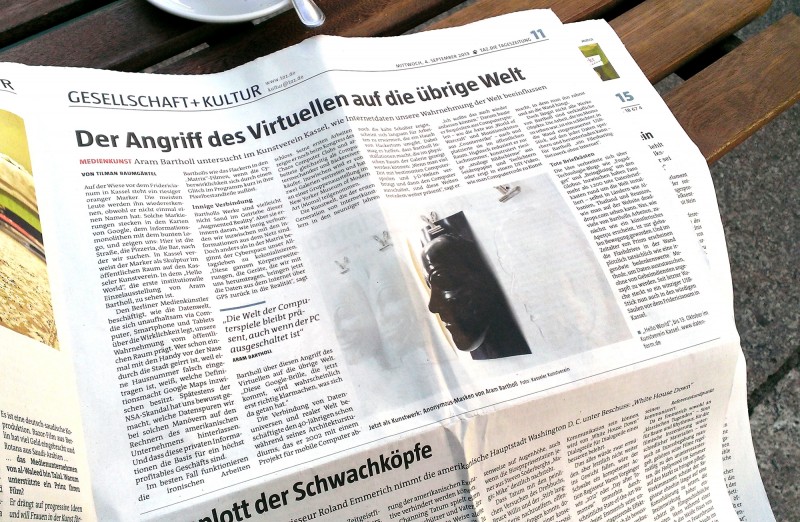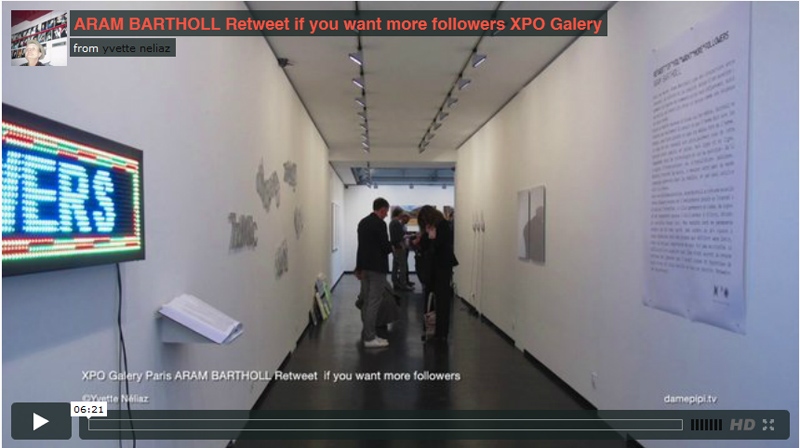Archive for the ‘press’ Category
The era ‘A’
‘A’ for Art
In the summer of 2006 I built the first Google map pin physical representation and set it up temporarily in the backyard of my studio in Berlin Mitte. It was six meter tall and made from a wooden frame mounted with red cloth showing the capital ‘A’. The year 2006 was an important year in my early artistic career. I made a lot of new works and had my first big group shows etc. As it turns out the piece ‘Map’ became one of my important and iconic works. Since 2006 this sculpture was shown worldwide in many different places, art shows and cities. It was made from different materials and in different sizes and it marked many different city centers around the world.
In 2005 Jens Eilstrup Rasmussen designed the map pin symbol for Google Maps which was launched later in the same year. The startup ‘Where 2’ co-founded by Rasmussen which in fact became Google Maps got acquired by Google the year earlier. To point out the locations of search results on the map the pin symbol showed letters of the alphabet. Starting with an ‘A’ through ‘J’ the red pins on the map corresponded with the first 10 search results listed on the page. A couple months ago in spring 2014 Google did a complete overhaul of the design of the Google Maps page. The red map marker does still exist in the new interface but it is displayed in more rare occasions and is only showing a black dot. The lettering A – J is gone. An era of almost 10 years of the Google Maps ‘A’ marker seemed to be over. But just recently in June 2014 the Architecture and Design department of the MoMA acquired the classic map pin symbol with capital ‘A’ from Google for its collection.
I am very pleased to see this symbol, made for a web page on the Internet by Rasmussen a decade ago is now in the collection of the MoMA. The red pin and its creator Rasmussen very much deserve this attention. This 35 pixel icon became a very important symbol for a whole new era. An era in which society slowly realized the actual impact of computers and Internet. The way we live, communicate and perceive the world has changed dramatically over the last 10-20 years. With my piece ‘Map’, the physical representation of Rasmussens interface symbol I try to point out this paradigm shift since 2006.
Aram Bartholl, June 19, 2014
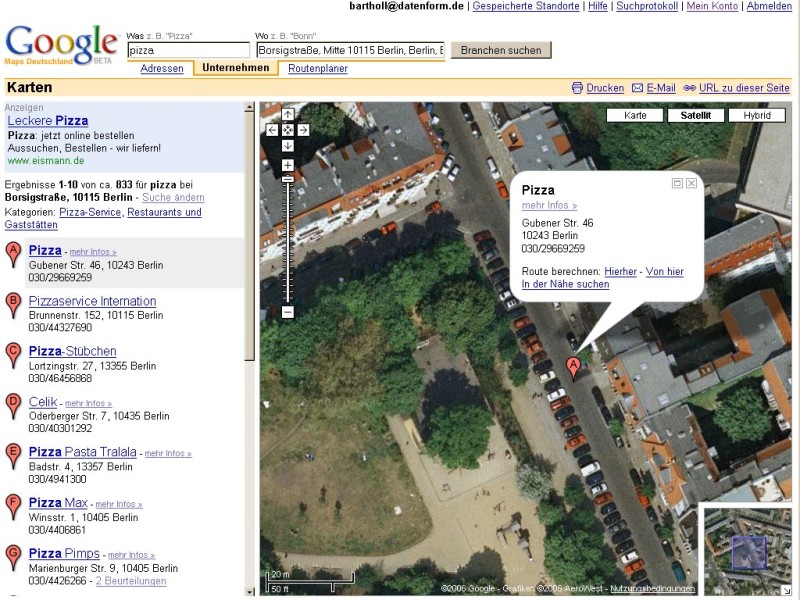
Screen shot Google Maps, Summer 2006. The developer back then proposed to seach for pizza.
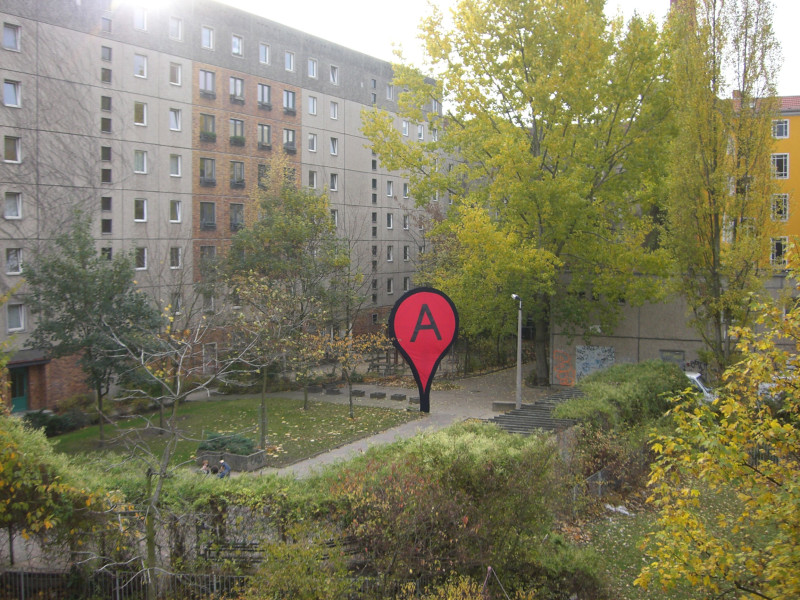
First physical representation, ‘Map’ Summer 2006. Bartholl studio backyard, Borsigstr. 33, Berlin
Screen shot: MoMA website, recent acquisitions, Arch & Design, June 19 2014
Screen shot: Google Maps, June 19, 2014, re-shaped map pin and no more ‘A’
Killyourphone on Spiegel
FULL SCREEN
UPDATE: Awesome opening yesterday night!! Thx to everyone for showing up! Thx to all the artists participating in this show!! & thx to xpo gallery making this possible!! Full press release and descriptions of the works below. More documentation to come!
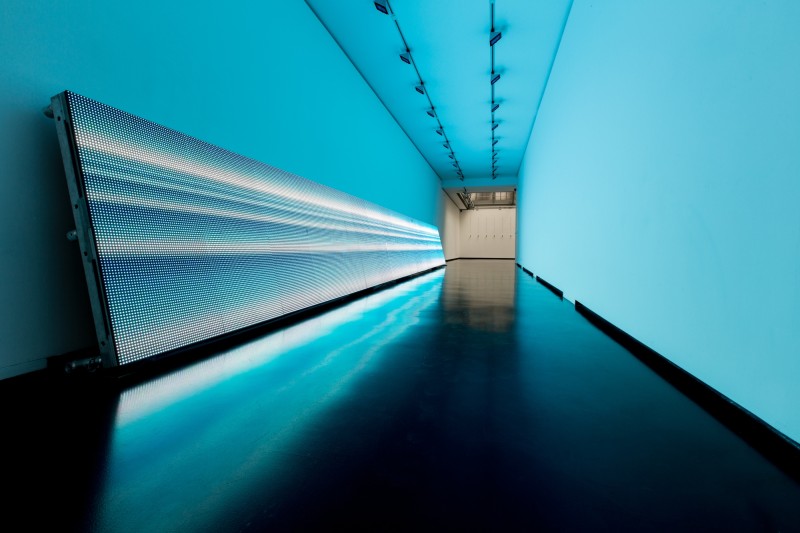
Rafaël Rozendaal, 2013, everything always everywhere .com website, courtesy xpo gallery
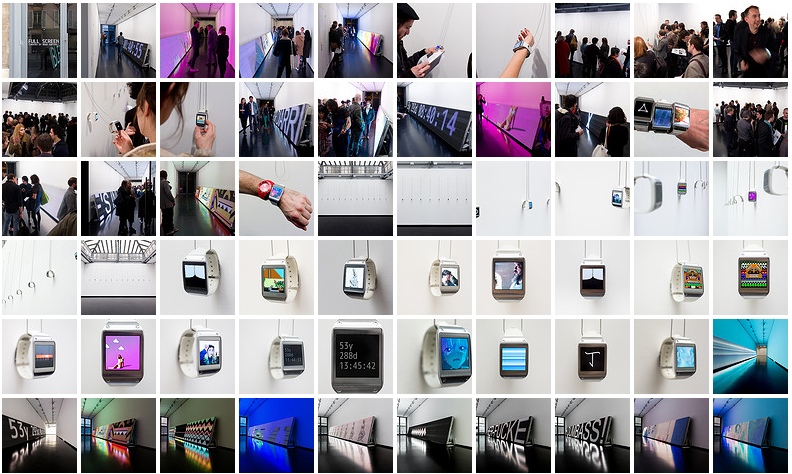
flickr set. All pictures courtesy xpo gallery, 2014. Images by Vincianne Verguethen. Thx!!
press:
- Featured on Artsy : https://artsy.net/post/editorial-wearable-moving-image-art-from-ai-weiwei
- El Pais : http://blogs.elpais.com/arte-en-la-edad-silicio/2014/03/que-hora-es-es-la-hora-del-arte.html
- The Creators Project: http://thecreatorsproject.vice.com/old_blog/full-screen-is-a-group-show-devoted-to-digital-art-you-can-wear-on-your-wrist
- Libération: http://next.liberation.fr/arts/2014/03/31/full-screen-l-art-du-temps_991205
- The Verge: http://www.theverge.com/2014/4/1/5571040/full-screen-exhibit-digital-display-art-with-galaxy-gear-smartwatches
________________________________________________________________________________________________________________________
I am very pleased to announce another show I curated for xpo gallery Paris to place in March 2014. Looking fwd to this!! :))
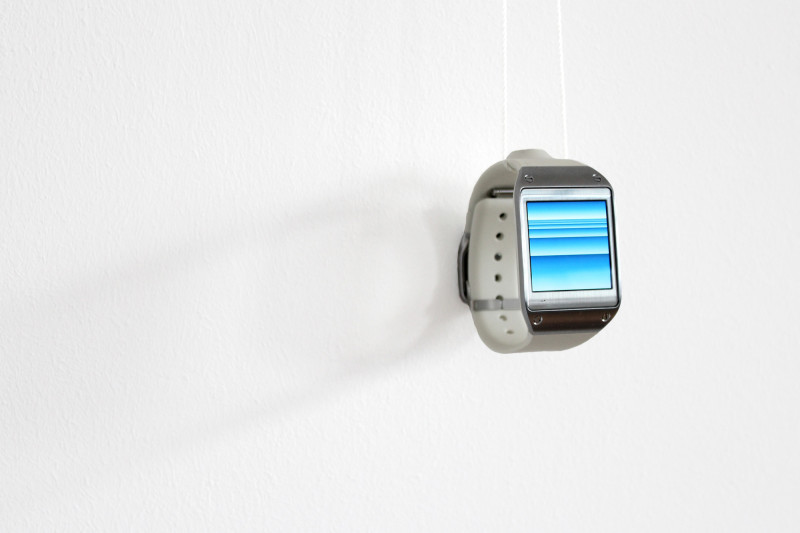
Rafaël Rozendaal, 2013, everything always everywhere .com website, courtesy xpo gallery
FULL SCREEN
Wear art on your wrist! A group show on very big and very small screens!
‘What time is it?’ – ‘It’s art!’
FULL SCREEN celebrates the evolution of the screen in its most extreme developments. Soon screens will disappear from physical view and will be replaced by laser light projected directly into the eye’s retina. Pixels crammed into a rectangle will soon be considered history just as a medium like oil painting is history today. For this exhibition, twelve internationally renowned artists have produced screen-based artwork to be shown on the screens of 12 small smart watches and one large LED screen. Now is the time to go FULL SCREEN!
Each watch contains a single art piece. The common function of the watch has been replaced by an artwork. Visitors to the gallery are urged to ‘Wear art on your wrist!’ and try on the watches themselves. In juxtaposition with the high-resolution (320 x 320px, 275ppi) screens of the watches, a ten-meter wide low-resolution (816 x 96px, 2,54ppi) LED screen spans the wall leading into the exhibition space. This bright, massive screen will display artworks referencing each of the pieces on view on the small watch screens.
Despite the current hype about wearable devices, the latest designs of smart watches feel incredibly dated, as if digital watches of the 80’s have come back in style. The same seems true for giant LED displays that are aggressively bright but very low in resolution, as if desperately trying to seek contact with the viewer. Over the years, the prime dimensions of screens have changed from small, to big, to small again – increasingly moving closer and closer to our eyes. Most importantly, recent developments in digital screen technologies suggest an imminent extinction of the use of physical screens, bringing a sense of urgency to the important questions that the creation and use of digital screen based artworks pose. Let’s celebrate the good old screens as long as we still have them! Let’s celebrate the new retro in a time when society comes to realize its impending digital metamorphosis. ‘Excuse me, but do you have the time?’
Curated by Aram Bartholl
Opening March 13, 2014 Save the date!
March 13 – April 4, 2014
XPO gallery, Paris
Participating artists:
Vincent Broquaire,
Jennifer Chan,
Petra Cortright,
Constant Dullaart,
Oliver Laric,
Sara Ludy,
Raquel Meyers,
Evan Roth,
Rafaël Rozendaal,
Paul Souviron,
Addie Wagenknecht,
Ai Weiwei
Vincent Broquaire, Minute after minute (2014), video, 01:00 min.
Using unique hand drawn animations, Vincent Broquaire questions our viewing habits with surprising simplicity. With a few animated strokes he creates small, beautiful universes about the relationships between society, machines and technology. “The screen fills like a sand glass. But is it empty in the first place? Considering that each flowing grain of sand corresponds to a pixel, the work questions the process of appearance and disappearance of the screen and its basic states as a white screen or black screen. But what is the outcome for these small objects? Is there an entire world involved? Can a hidden technical device and a complex mechanical system join together on a mission to make the screen disappear?“
Jennifer Chan, Deep Burn (2014), video, 00:52 min.
Jennifer Chan works with video, performance, and web-based media. She deliberately creates kitschy remix videos as a form of social commentary on the topics of post-internet art and gender. “Collaging Internet pop-culture is a way to appreciate it as artifacts in a complex light, and to be critical of it by ‘acting out’ within its language. Deep Burn represents “the need to act calm in a state of constant anxiety depicted by anime eyes over inverted, time re-mappedexplosions. Sources are from the anime series Haiyore! Nyaruko-san, Tabor Robak’s Explosions (2010), and free riser sound effects by Deficio.”
Petra Cortright, buggin out (2013), video, 02:03 min.
“The videos are what first got Cortright noticed. Descended from the moving-image work of Alex Bag and Pipilotti Rist, they’re limited to about two minutes — because no one wants more than that, she reasons — and usually feature her on a webcam, displaying a guileless SoCal demeanor that has become her personal brand. In “buggin out,” a recent piece, she uses digital trickery to change the size of her eyes each time she raises and lowers a pair of sunglasses, so that they go from teensy to anime-character enormous. “It’s half very sincere,” she says, “and then, of course, it’s also a performance as well.” – NYT Magazine Nov. 2013.
Constant Dullaart, The Sleeping Sunset (2014), screengrab from http://thesleepinginternet.com, 5:00 min.
In January 2014, a picture of a sunset from an advertisement in Tiananmen Square went viral on the Internet. In the image, the sun is caught in a moment between coming and going but never setting on the huge LED screen during any time of the day. The sunset is sleeping and it is slowly breathing. Inhale. Exhale. In 2011, Dullaart created the website work thesleepinginternet.com based on the sleep mode light used on Apple computers. When viewing this page, the full website fades to black and then returns to full brightness within the cycle of a few seconds like the rising and setting of the sun. The work, The Sleeping Sunset, is a screen grab of that rising and setting website, a reflection on the desperate attempt to stop and capture the rising and setting of the light of time.
Oliver Laric, Nymph Untying Her Sandal (2013) , animated gif, 320 x 320px,
The rotating Nymph Untying Her Sandal is digital artwork from a series of 3D scans of objects from the Usher Gallery and The Collection in Lincoln. The project started in 2012, when Ashley Gallant from The Collection in Lincoln invited artist Oliver Laric to propose an idea for the Contemporary Art Society’s Annual Award for Museums. Laric’s proposal to create 3D scans of the collection and subsequently publish all data for free was chosen as the winning project. Nymph Untying Her Sandal, Artist: Gibson, John, Period: 19th Century, Material: Stone, marble, Inscription: I Gibson ne fecit Roma, Object Number: LCNUG: 1927/142
Sara Ludy, Mist (2014), video, 60:00 min.
Sara Ludy is interested in the logic of spaces and the digital constructions of nature. In her work, she often compares physical and virtually generated nature. Mist is a one hour computer generated animation of slowly changing cloud structures. With the help of algorithms it is possible nowadays to simulate mist movement in a very naturalistic way. However, Ludy tricks the viewer. The cloud structures only seem to change shape and color in chaotic, random ways. Only after a longer study of the work, it becomes apparent that the shapes and movements are consistently symmetrical, unlike natural clouds. The mystical and calm movements promise the freedom and uniqueness of nature while the underlying truth is pure calculation.
Raquel Meyers, Aztec Ballad (2013), video, 01:44 min., music by Goto80
Raquel Meyers follows a very unique way to create her carpet woven like digital animations. She draws her colorful geometric tableaus ‘by hand’ in typewriter mode on a classic Commodore C64, which was a popular personal computer from the 1980’s. With a system of old software and the special character format PETSSCI (similar to ASCII), one can follow Meyers ‘live’ as she unfolds the amusing play animation of Aztec Ballad. With great speed, the cursor moves over the drawing on screen, changing and rearranging symbol by symbol. “I call it “keyboardslöjd” which means drawing/crafting by typing. It’s a mix between traditional techniques like embroidery and typewriting. Basically, you have to type everything in one go and then save it. There is no load function, no copy paste, and no undo.”
Evan Roth, http://christopher-george-latore-wallace.com (2014), website, variable
US copyright law protects the work of an artist for 70 years after their death before it is allowed to become public domain. The rapper Christopher George Latore Wallace, also known as The Notorious B.I.G. was shot in March 1997. Evan Roth’s website piece http://christopher-george-latore-wallace.com is a clock counting down the time left until The Notorious B.I.G.’s artistic work becomes public in March 2067. Only then can the DJs and musicians of the world officially play and remix his music. The existence of this website questions the highly protective copy right laws of the music industry which appear outdated when seen through the lens of the vibrant remix culture developed through the Internet – especially because the culture of remixing and sampling was first invented in rap music.
Rafaël Rozendaal, everything always everywhere.com (2013), website, variable
Rafaël Rozendaal is well known for his ongoing series of abstract, colorful websites with an intriguing combination of shape, movement, sound and interaction. With striking simplicity, the viewer’s imagination is catalyzed by the optical illusions made using basic elements of sound and color. Soon Rozendaal will reach his hundredth website. The project everything always everywhere.com is made up of progressively expanding blue gradient tones that draw the viewer’s attention towards a fixed horizon.
Paul Souviron, Sémantique du présent non exhaustif (2014), video, 06:25 min.
The clock is ticking. Second after second. But wait, what does is say? Paul Souviron confronts us with questions of the passing of time by accumulating a wide range of symbols from various religions, secret societies, stone-cutters, internet sources and more. Some symbols seem very familiar while others are unknown. Could one be from an ancient culture? Or does is it a design for high-tech electronic parts? In his works, Paul Souviron often investigates the process of deconstruction, the unfinished and how time leaves its traces on man-made culture. In a trance-like stream of black and white lines and patterns Sémantique du présent non exhaustif constantly poses questions in place of telling the actual time.
Addie Wagenknecht, Lasertits (2014), video, 00:36 min.
In her screen-based works, Addie Wagenknecht often combines powerful icons of viral pop-culture on the web with animated gif tableaus. In her digital collages, figures slowly accumulate. The initial image begins with the famous Super Mario clouds (originally used by artists Cory Arcangel), set against a pink background. Soon, a whole mob of animated gifs are attracted to the scene and proceed to interact and enjoying themselves. The effect is so likeable that even the attack of the space invaders will not even cause trouble for these joyful characters.
Ai Weiwei, Dumbass (2013), video, 05:13 min.
Ai Weiwei is one of the few internationally acclaimed artists who concertedly engage with the powerful outreach that the internet offers and incorporates this understanding into his own practice. In addition to his highly active twitter account with more than 260.000 followers, he recently created a couple of web based projects such as http://weiweicam.com/ or http://www.moonmoonmoonmoon.com/ which was in collaboration with artist Olafur Eliasson. In the project Dumbass, Weiwei chose to utilize another pop-culture format as a method of reaching out to a large audience. He created a music video to talk about his period of detention by the Chinese government in 2011 when he was also banned from speaking. To date, the 5 minute clip on YouTube has more than 300.000 views.
Credits for Android code Dan Moore!!
Killyourphone press
ARD Mittagsmagazin
Funkloch fürs Handy selbst basteln.
Immer und überall haben wir das Handy dabei – und immer und überall könnte unser Handy auch abgehört werden. Es sei denn, man bastelt sich sein eigenes Funkloch. Der Künstler Aram Bartholl zeigt, wie einfach es ist. Metallbeschichteten Stoff nehmen, an den Seiten zusammen nähen, Handy rein und zuklappen.
http://www.sueddeutsche.de/digital/aram-bartholl-ein-funkloch-zum-selbernaehen-1.1855574
QM // Interview Aram Bartholl
Interview I gave beginning of 2012 at my solo show ‘Reply All’ at DAM Gallery, Berlin published at http://querbinder.com/
‘Hello World!’ Pictures & Tour, Kassel
Hello world!
Aram Bartholl
August 30 – October 13, 2013
Kasseler Kunstverein
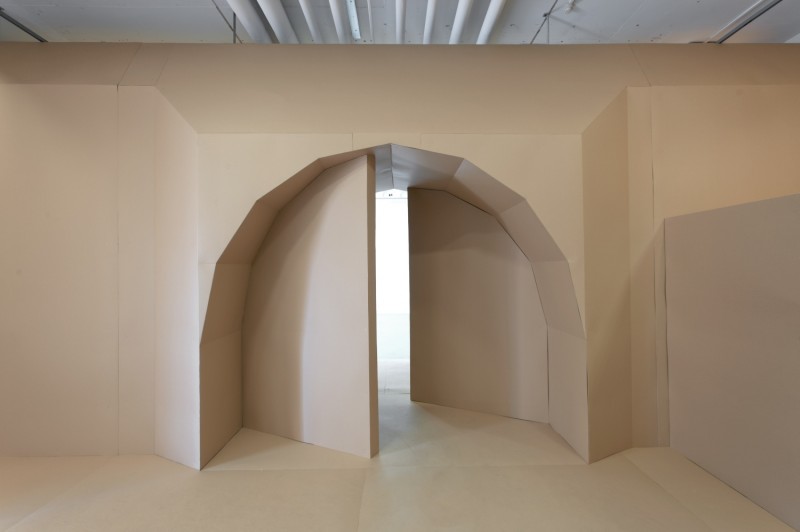
Dust Excpert 2 – Counterstrike Dust map life size gate situation made from card board.
All pictures:
press:
- http://www.aqnb.com/2013/09/05/an-interview-with-aram-bartholl/
- http://taz.de/Medienkunst-Ausstellung-in-Kassel/!123085/
- http://www.hna.de/lokales/kassel/riesige-google-markierung-fridericianum-hier-zentrum-3080051.html
- http://www.kunstbeeld.nl/nl/nieuws/21138/aram-bartholl-fridericianum.html
- http://www.dw.de/out-of-the-internet-and-into-the-gallery/a-17085144 (german)
pictures by Nils Klinger
‘Per Tweet ins Museum’
‘Per Tweet ins Museum’
Zwanzig Jahre ist es her, dass Künstler die ersten Arbeiten für das Internet entwickelt haben. Diese sogenannte Netzkunst aber blieb der Kunstszene bis heute fremd und fand kaum je Eingang in Institutionen. Das allerdings könnte sich in den kommenden Jahren ändern.
Tilman Baumgärtel
http://www.nzz.ch/aktuell/feuilleton/kunst_architektur/per-tweet-ins-museum-1.18145506#
Interview: ‘Hello World!’, ‘OFFLINE ART’ and cyber-sprawl @ aqnb.com
An interview I gave about my solo show ‘Hello World!’, and the group show ‘OFFLINE ART‘ I curated, both at Kasseler Kunstverein on aqnb.com by Jean Kay. THX!!
Full interview http://www.aqnb.com/2013/09/05/an-interview-with-aram-bartholl/
‘Ein Flackern in der Cyberwirklichkeit’
Article in taz.de about my solo show ‘Hello World!’ in Kasseler Kunstverein and quotes from a conversation we had before. THX!!
Ein Flackern in der Cyberwirklichkeit
Die Kolonialisierung des Alltags durch das Internet: Aram Bartholl untersucht, wie Daten unsere Wahrnehmung der Welt beeinflussen.
by Tilman Baumgärtel
Zoom in or read online! http://taz.de/Medienkunst-Ausstellung-in-Kassel/!123085/
Interview #RTIYWMF
An interview I gave at the opening of ★RETWEET★IF★YOU★WANT★MORE★FOLLOWERS★ by Yvette Neliaz THX!!
http://www.damepipi.tv/2013/05/aram-bartholl-retweet-if-you-want-more.html
ARCHEOLOGIE DU PRESENT IS A WORK IN PROGRESS BY YVETTE NELIAZ POUR http://DAMEPIPI.TV
★RETWEET★IF★YOU★WANT★MORE★FOLLOWERS★
XPO gallery, Paris
17.5.-26.6.2013, opening May 16, 7pm
